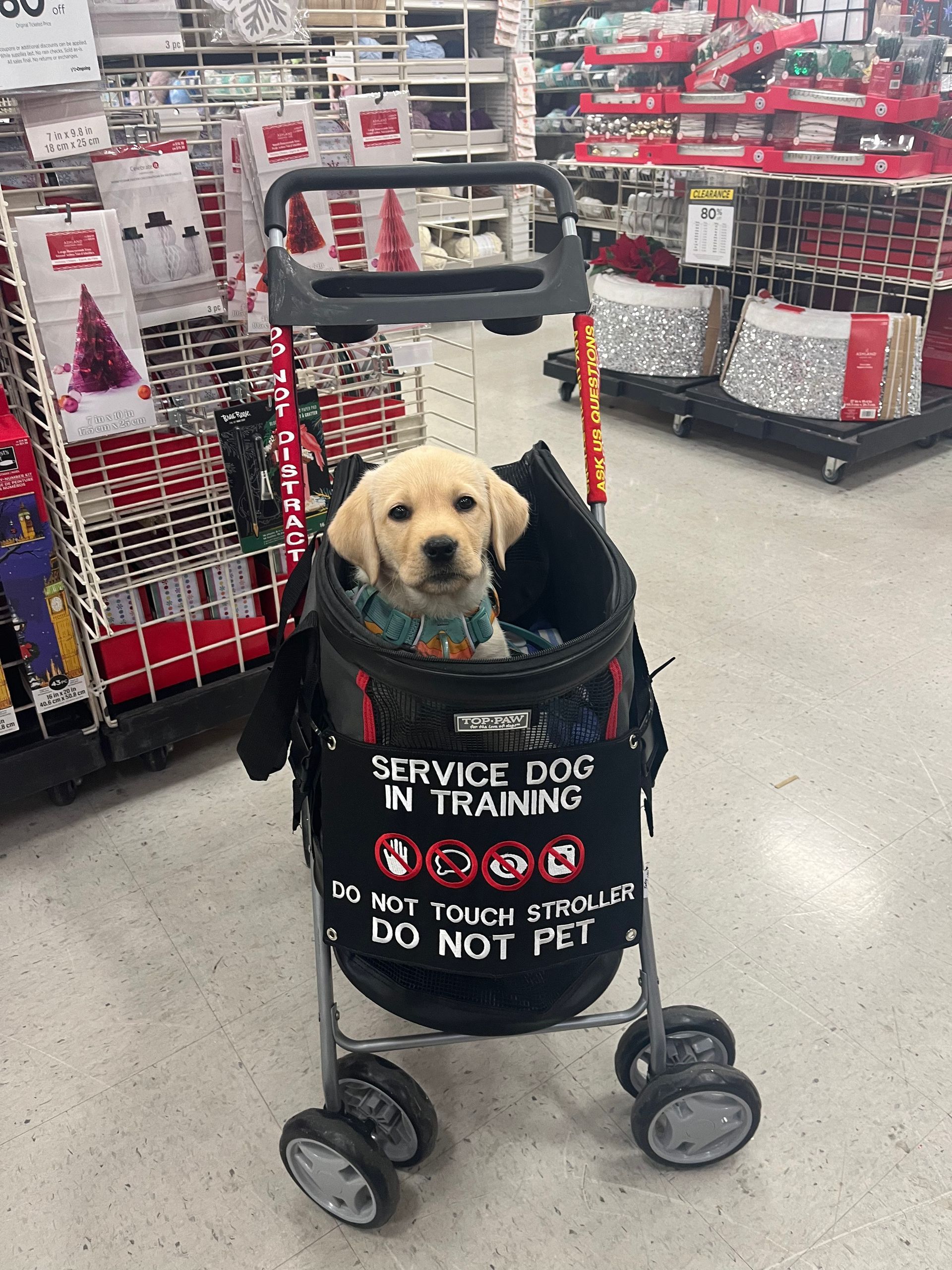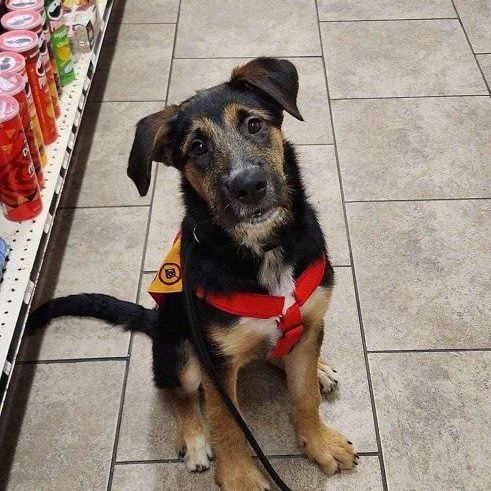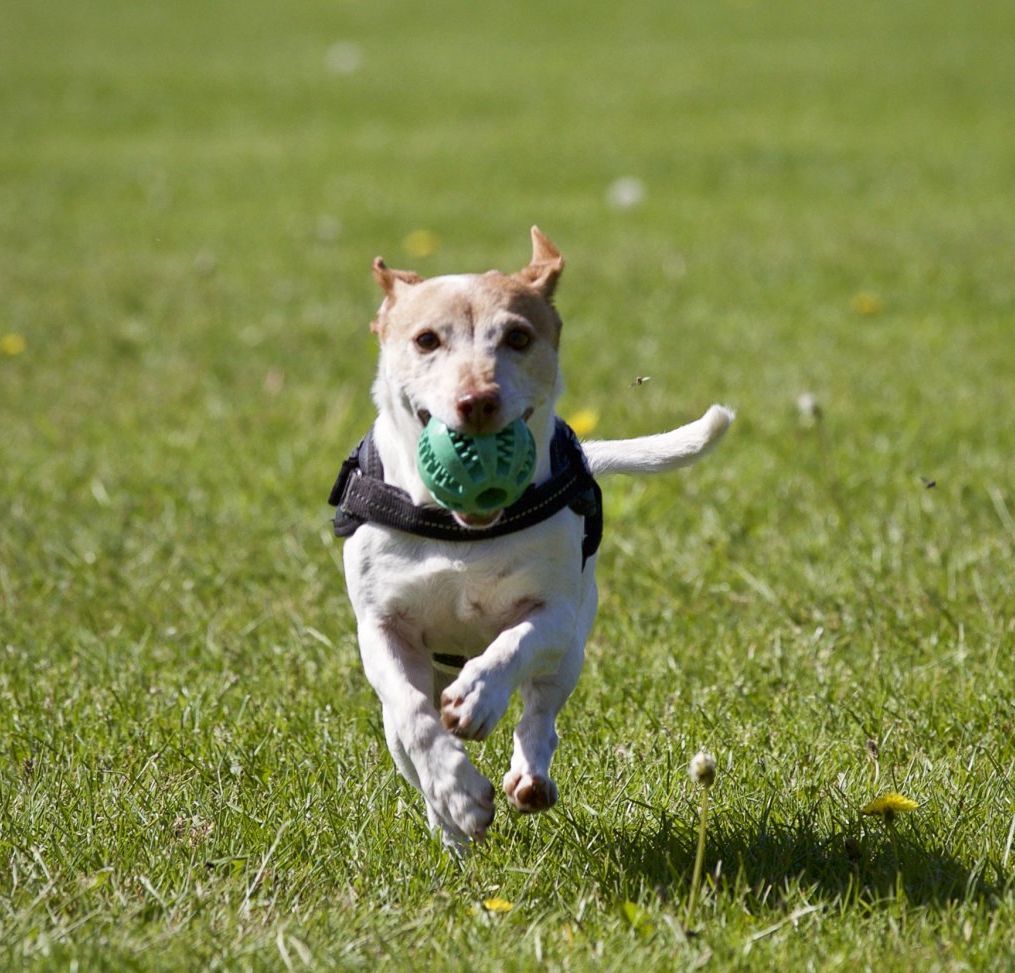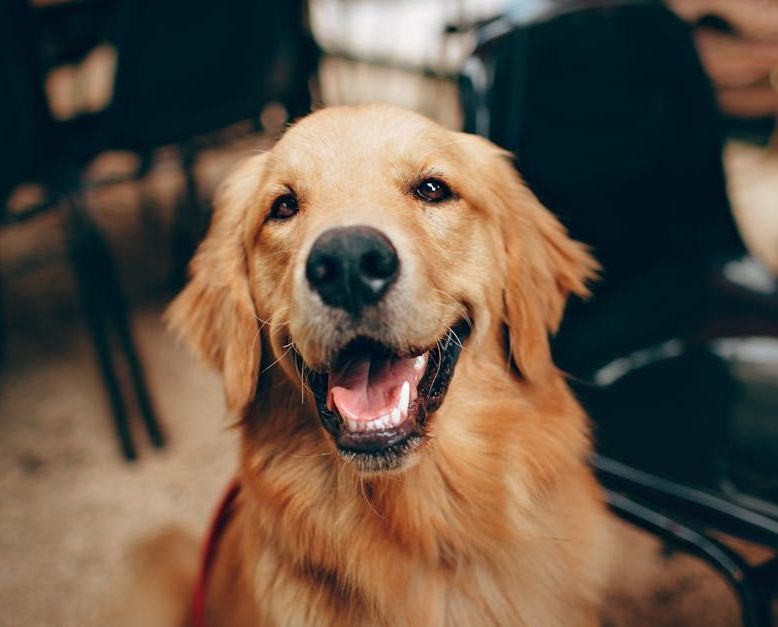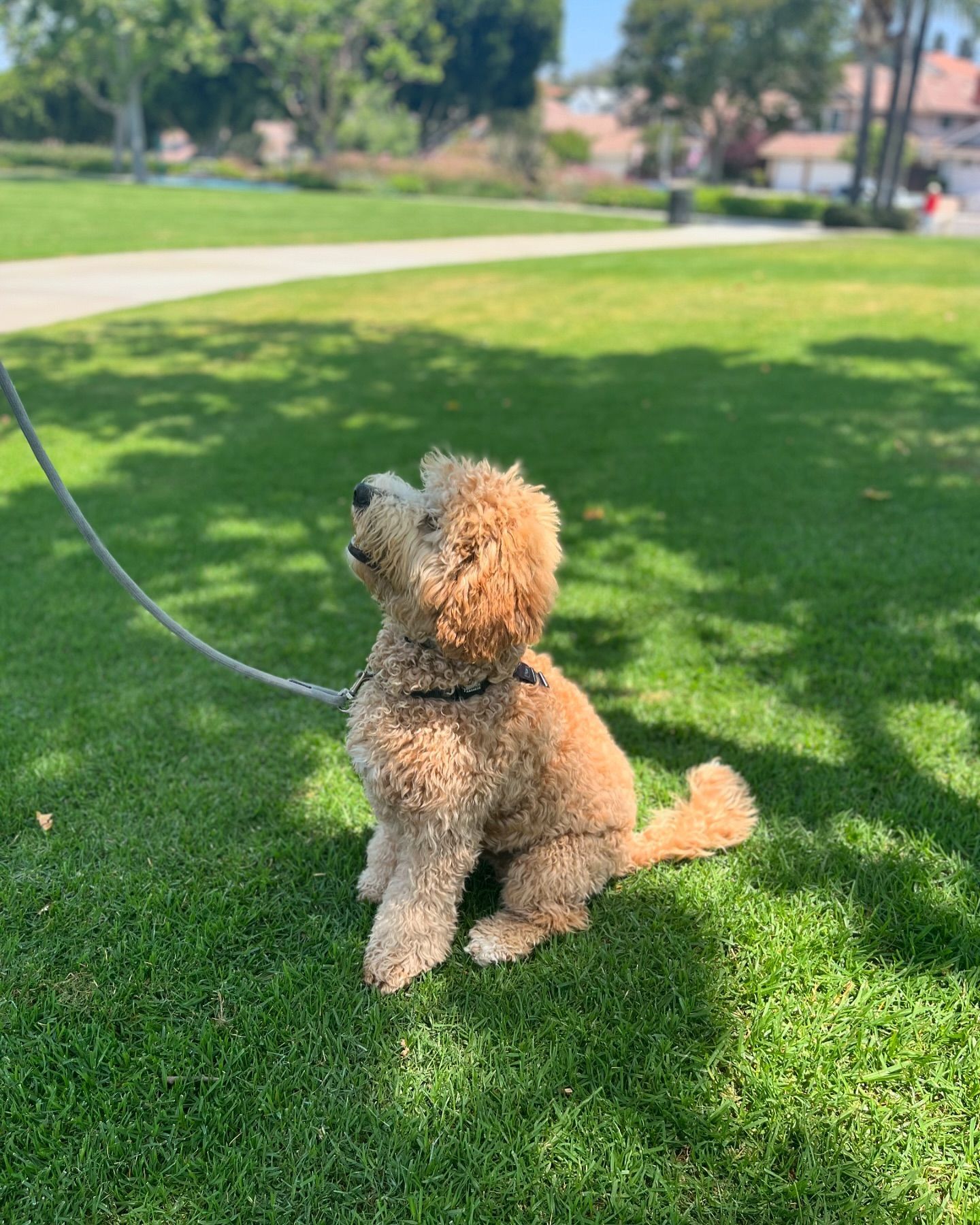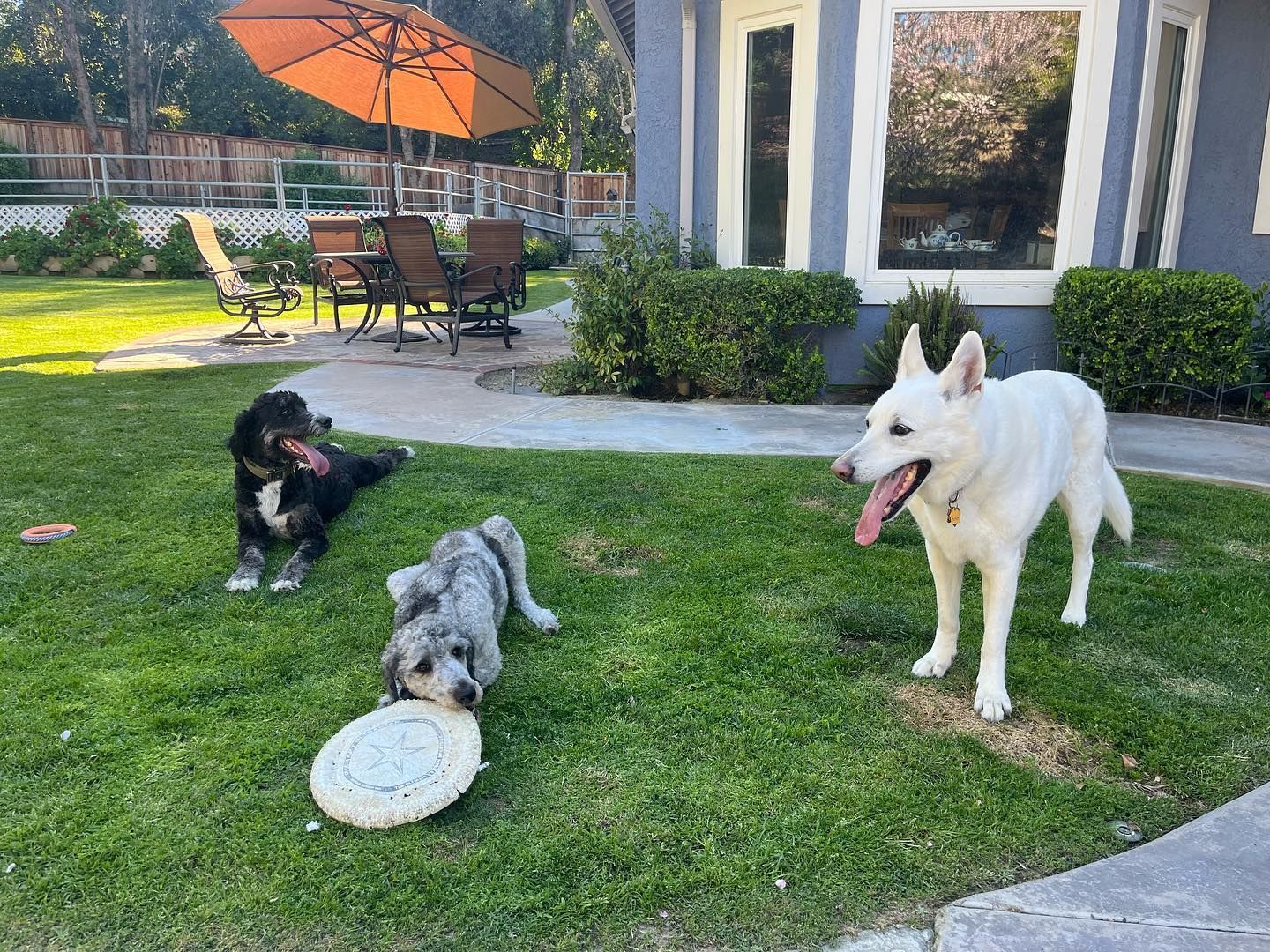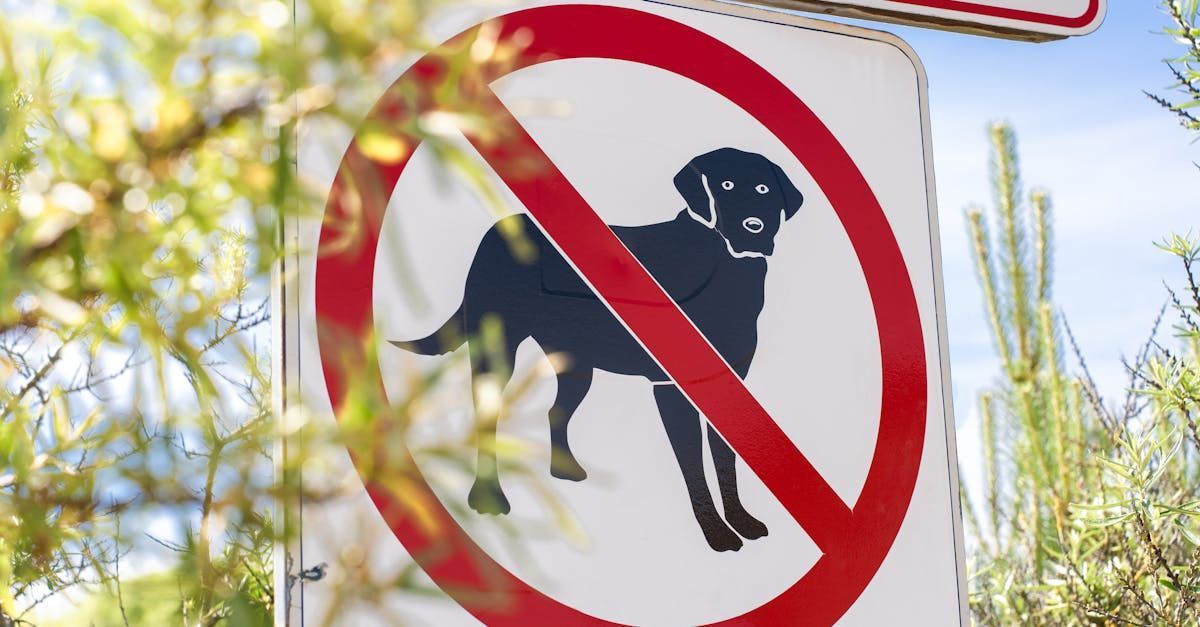
How To Teach A Food Search
How to Teach Your High-Energy or Hound Dog Food Searches Around the Home
If you’ve got a high-energy dog or a hound dog, you know they’ve got a lot of drive and enthusiasm, especially when it comes to using their nose. Food searches are a fantastic way to engage their natural instincts while also giving them a fun, mentally stimulating activity. Not only will it tire them out, but it’s also a great way to build their focus, reinforce training, and bond with them. Best part? You can do it right at home!
Let’s dive into how to teach your dog food searches, starting simple and gradually increasing the challenge.
Step 1: Start by Tossing or Dropping Food (Easy Does It)
Before you get into hiding treats, let’s make it super simple. Start by tossing food on the ground in front of your dog. This method is perfect for dogs who are just getting started with food searches, as it’s easy and clear.
- How to start:
- Take a piece of food, and simply toss it on the floor where your dog can easily see it. Say the cue 'SEARCH!' once you toss the food. You might want to start with a treat that’s large or distinct, so it’s easy for them to spot.
- Once your dog picks up the treat, praise them like crazy!
- Repeat this a few times, so your dog begins to associate the cue 'search' with looking for food. This sets the stage for the more advanced searches ahead.
Step 2: Move to Hiding Food (Add the Challenge)
Once your dog has gotten the hang of finding treats when tossed, it’s time to take it up a notch by hiding the food. This will encourage them to use their nose and search more actively.
- How to increase difficulty:
- Start by hiding the food just out of sight, but still in an easy spot. For example, you could place the treat under a chair, behind a door, or under a rug. Let your dog see where you put it at first, so they can make the connection between the action and the reward. Hold them back with a leash or a stay command so they wait for your cue.
- Say the cue 'SEARCH!' and watch them run to find the treat, praise them excitedly again.
- Gradually start hiding the treats in more challenging spots, like behind furniture or inside boxes. Over time, your dog will learn how to problem-solve and use their sense of smell to find the food.
Step 3: Hide It Without Them Seeing It!
Now that your dog is comfortable with finding treats and they understand the cue, it’s time to step up the challenge by hiding the food without them seeing where you place it. This requires your dog to rely solely on their sense of smell rather than their eyes, which is what we want to focus on as the game gets more advanced.
- How to introduce this step:
- Start by either asking your dog to leave the room or blocking their view so they can’t see you hide the treat.
- Once the room is clear, hide the treat in a spot that's easy again. The goal here is to boost their confidence now that we've added a new layer of difficulty!
- Once you've hidden the treat, call them back into the room and give your cue: “Search!” or whatever cue you’ve chosen. At this point, they’ll have to rely entirely on their nose to find the treat.
- When your dog finds the treat, be sure to give them lots of praise.
As your dog becomes more successful at this, you can increase the difficulty of the hiding spots and even start varying the spaces where you hide treats, like in more cluttered areas, different rooms, or in a cardboard box maze!
The Benefits of Food Searches for High-Energy Dogs
Food searches are more than just a fun game—they offer real benefits for high-energy dogs and hound breeds:
- Mental stimulation: These activities tap into your dog’s natural instincts, keeping their mind active and engaged.
- Physical exercise: While they’re searching, your dog will be moving around, burning off energy and staying physically fit.
- Focus and discipline: By focusing on the task at hand, your dog will develop better impulse control and attention span.
- Confidence: By teaching your dog to problem-solve and think independently boosts their confidence. As they successfully find treats, they’ll feel accomplished and more adaptable, which can improve focus and behavior in other areas of training.
- Stronger bond: These types of games strengthen the bond between you and your dog, as they learn to trust you and look to you for guidance.
Final Thoughts
Food searches are a fantastic way to channel your high-energy dog’s natural instincts in a productive and fun way. By starting simple with tossing food and gradually increasing the challenge, you’ll provide mental and physical stimulation while keeping your dog engaged. Whether you’re just beginning or looking to advance the game, this activity will tire them out, keep them focused, and even improve their behavior. So grab some treats, get creative with your hiding spots, and start the search game today!
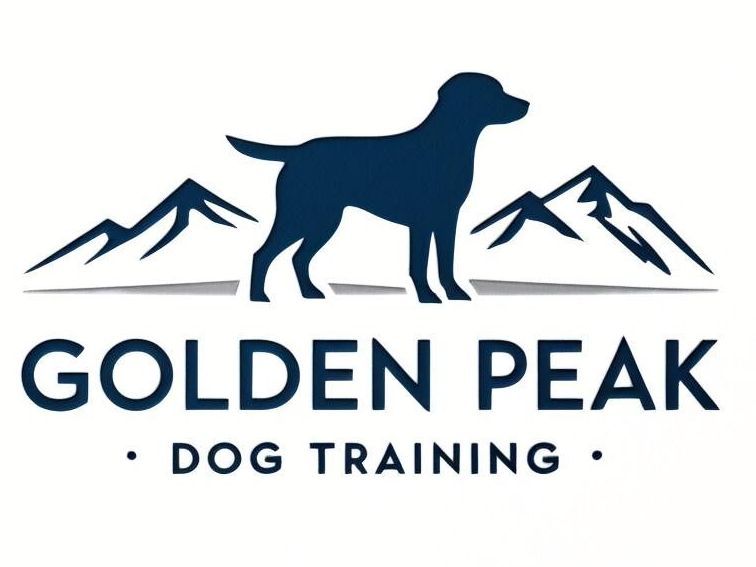
CONTACT US
Phone: (720) 449-6550
OUR LOCATION
Based in Aurora, CO & Serving Denver
All Rights Reserved | Golden Peak Dog Training: Terms | Policies | Disclaimer | Template from Make It As A Dog Trainer | Hosted by Makena Creative

